Affiliate disclosure: This post may contain affiliate links. Please see our Privacy Policy.
Dried carrots are a shelf-stable way to preserve carrots for all your favorite recipes. Dehydrated carrots are ready at a moment’s notice and can be rehydrated for soups, curries, casseroles, muffins, and even homemade carrot cake right from the pantry.
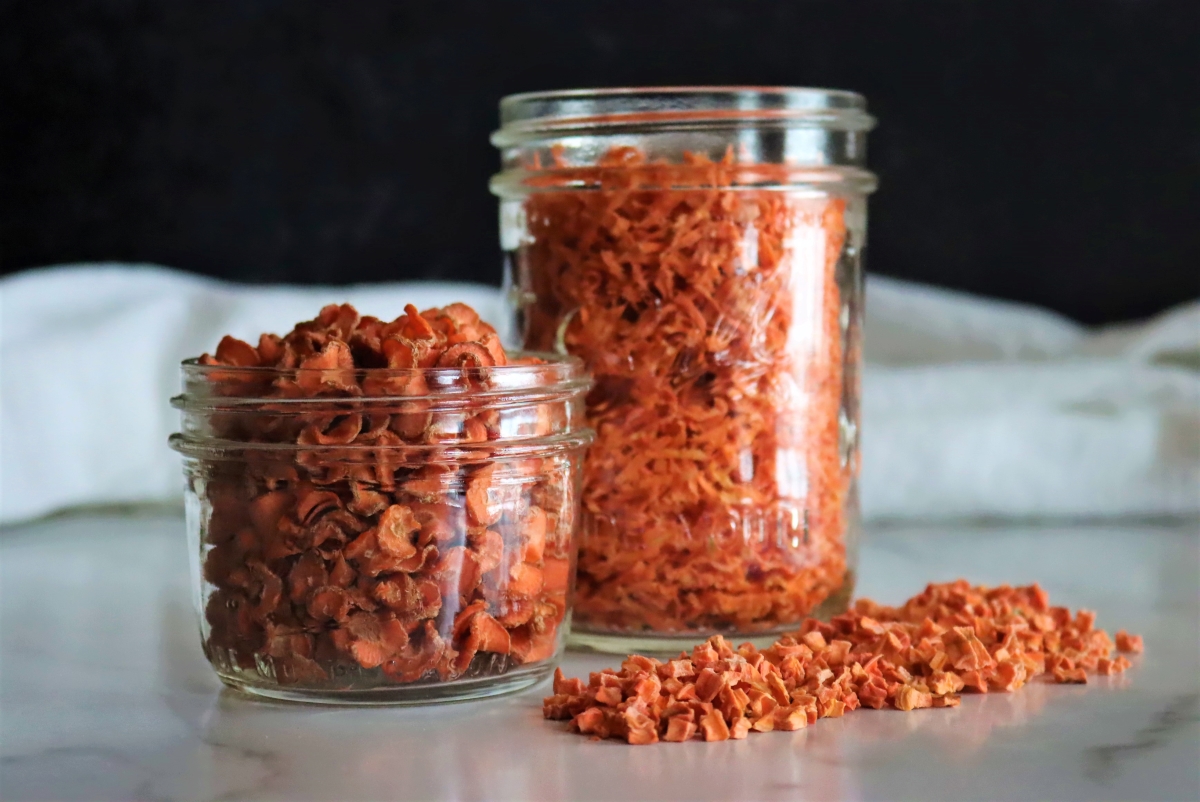
Carrots are one of the most common storage crops, and they’re easy to store provided you have a root cellar. The thing is, very few people have a root cellar these days, and refrigerator space is at a premium.
Freezing carrots won’t always work either. They take up a lot of freezer space, and frozen carrots just won’t work for carrot cake or muffins. (They also can get a bit tough/rubbery in the freezer.)
Canning carrots is always an option, provided you have a pressure canner, but canned carrots won’t work for everything. They also take up a lot of space on the pantry shelf.
Dehydrating carrots is a really versatile way to preserve carrots, and they store and rehydrate beautifully. A whole pound of fresh carrots shrinks down to about 1 cup of dehydrated carrots, meaning they won’t take up much pantry space.
The best part? Dehydrated carrots work for just about anything!
Rehydrate them for soups, stews, stir-fries, or just plain buttered carrots for a side dish. Dehydrated grated carrots work wonderfully in homemade carrot cake and carrot muffins too!
For sweet dishes like cake, you can always rehydrate the carrots in something like pineapple juice for an even more intense flavor (and sweetness).
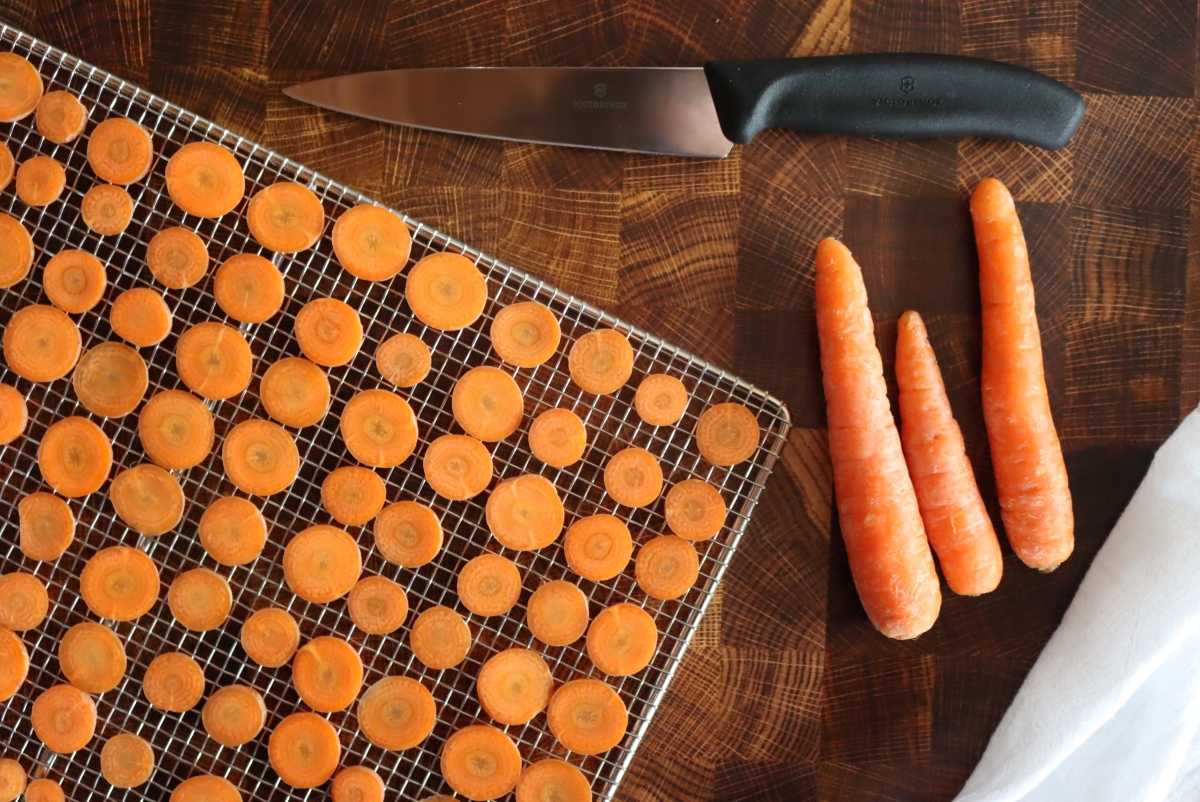
Preparing Carrots for Drying
Drying carrots starts with chopping them to size. The specific size and shape will depend on how you’ll use them.
Ideally, they should be quite small. Larger pieces take longer to dehydrate and as my dehydrator guide book notes,
“With vegetables, drying time is crucial to tenderness. The longer the time, the less flavorful and the poorer the product. Drying time can be hastened by drying small, uniformly cut pieces. Thicker pieces result in longer times.”
Excaliber Dehydrator suggests 1/8 inch slices, or 1/8 inch cubes as good options. They’ll dehydrate quickly, and they’re wonderful for cooking.
Circles are easy, but I’m a particular fan of tiny carrot cubes in split pea soup, so I put in the extra effort to chop them into neat 1/8-inch cubes.
Regardless of the shape, I’d always suggest peeling the carrots first. Carrot peels are full of fiber, but their flavor isn’t nearly as tasty as the rest of the root. Removing them will ensure the best quality, as there’s nothing like going through all the work of dehydrating carrots only to have them taste like dirt…
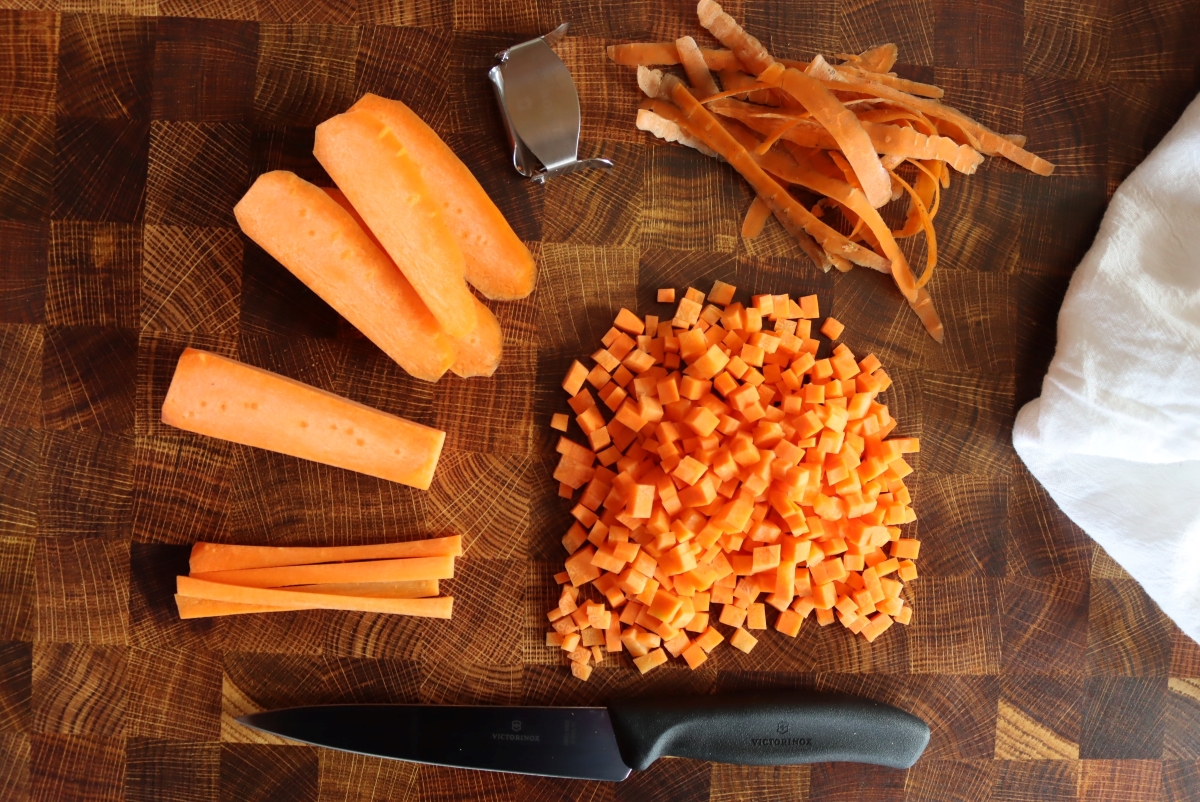
Grated carrots are another option, and they’re perfect for making carrot cake and muffins.
They also work well for smooth carrot soups. For carrot soup, simply rehydrate then cook them until soft before processing the batch with a stick blender.
Do You Have to Blanch Carrots for Dehydrating?
Technically, you don’t have to blanch carrots before dehydrating, but the quality will suffer.
Raw carrots are still enzymatically active, and those enzymes will degrade the carrots even once they’re dried. Blanching destroys the enzymes, which means the carrots will stay fresh much longer.
If you’re planning on using the dehydrated carrots within 1 to 2 months, you can get away with not blanching. Even 2 months is pushing it, and you’ll be able to see and taste the difference. They’ll lose color and flavor rapidly, and by 3 months the unblanched dried carrots will be nearly white.
Blanching Carrots
Given the quality concerns with dehydrating raw carrots, I strongly suggest blanching carrots before drying.
Blanch the carrots by dipping them into boiling water for about 1 minute for grated carrots and 2-3 minutes for slices or cubes.
Steam blanching helps retain flavor better, as the flavor isn’t leached into the boiling water, but it takes slightly longer. To steam blanch, steam for 1-2 minutes for grated carrots and 3-4 minutes for slices and cubes.
Once the carrots are blanched, they should be removed with a slotted spoon and plunged into ice water to stop the cooking process.
After they’ve cooled, remove them from the water to drain and then arrange them in the dehydrator. Be sure that the pieces aren’t touching, and that there’s room for air to flow around all the carrots in the dehydrator.
(When dehydrating grated carrots, use silicone dehydrator sheets as they’ll fall right through most dehydrator trays. Grated carrots should be spread evenly, but it’s impossible to keep them from touching. Just try to get them in as close to a single layer as possible.)

Dehydrating Carrots
Now the important part. Time and temperature for drying carrots.
Most sources will say allow 6 to 10 hours to dehydrate carrots, but that’s a huge window. There’s a big difference between the two, and you can actually be a lot more precise than that.
The dehydrating time depends on the ambient humidity and the temperature of the dehydrator. My dehydrator guide suggests a temperature of 125 F for drying carrots, and then gives a range of times based on ambient humidity.
My house was at 44% humidity with the wood stove running in the winter months, but it’s usually around 70 to 80% in the summer and fall. They offer a color-coded guide for each humidity level, and recommend a corresponding time.
You can see the colors in the picture from the guide below, but the humidity table is on a different page. I’ve outlined it here for you:
11-30% humidity = 6 hours (Pink)
31-50% humidity = 7 hours (Orange)
51-70% humidity = 8 hours (Yellow)
71-80% humidity = 9 hours (Green)
81-100% humidity = 10 hours (Blue)

I’m using a 9 tray Excalibur dehydrator and it has temperature settings and an auto-shutoff timer. At 40% humidity, I set it to dehydrate at 125 degrees F and set the timer to 7 hours. That lets me go about my day and the dehydrator will run and then turn off automatically.
Many budget dehydrators just have an on/off button.
If that’s the case, then the total time is going to be a large window. You’re stuck with the 6 to 10-hour estimate, unfortunately. It’ll be on the lower end of that in less humid regions, but you’re still at the mercy of unpredictable temps within the dehydrator.
Check back every few hours. The carrots are fully dehydrated when rubbery and dry to the touch. They should have shrunken dramatically, and slices will curl up as they dry.
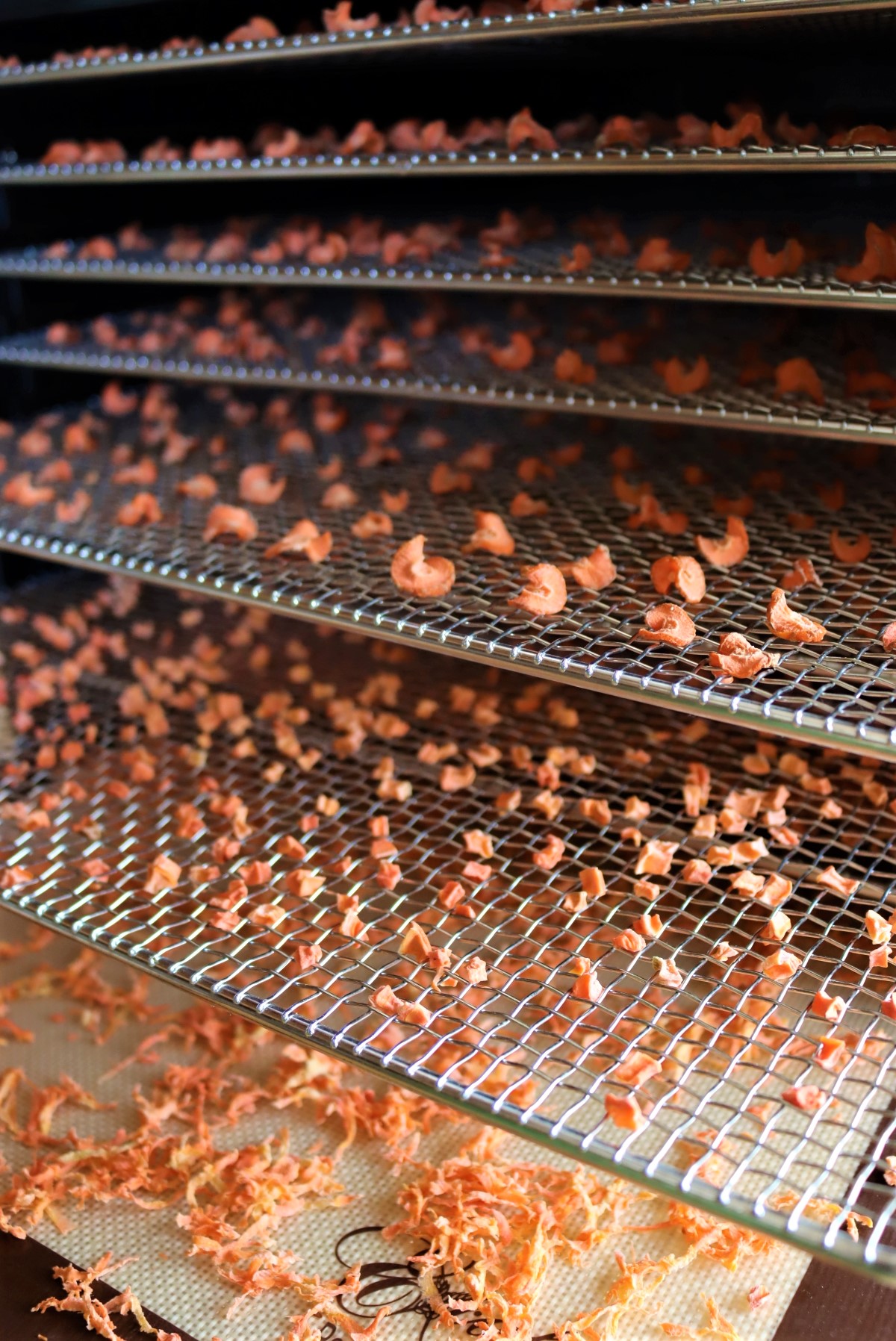
Dehydrated Carrot Yields
Carrots shrink considerably when dehydrated, and they’ll take up just a fraction of the space they did fresh.
- Cut into 1/8 inch rounds, a pound of carrots will yield about 1/2 cup dried slices. They don’t pack tightly because the slices curl, so this isn’t the most space-efficient shape.
- Cut into 1/8 inch cubes, they pack tighter and 1 pound yields 1/4 to 1/3 cup dried.
- Grated carrots shrink by about half. That means 4 cups fresh grated carrots yields about 2 cups dried grated carrots.
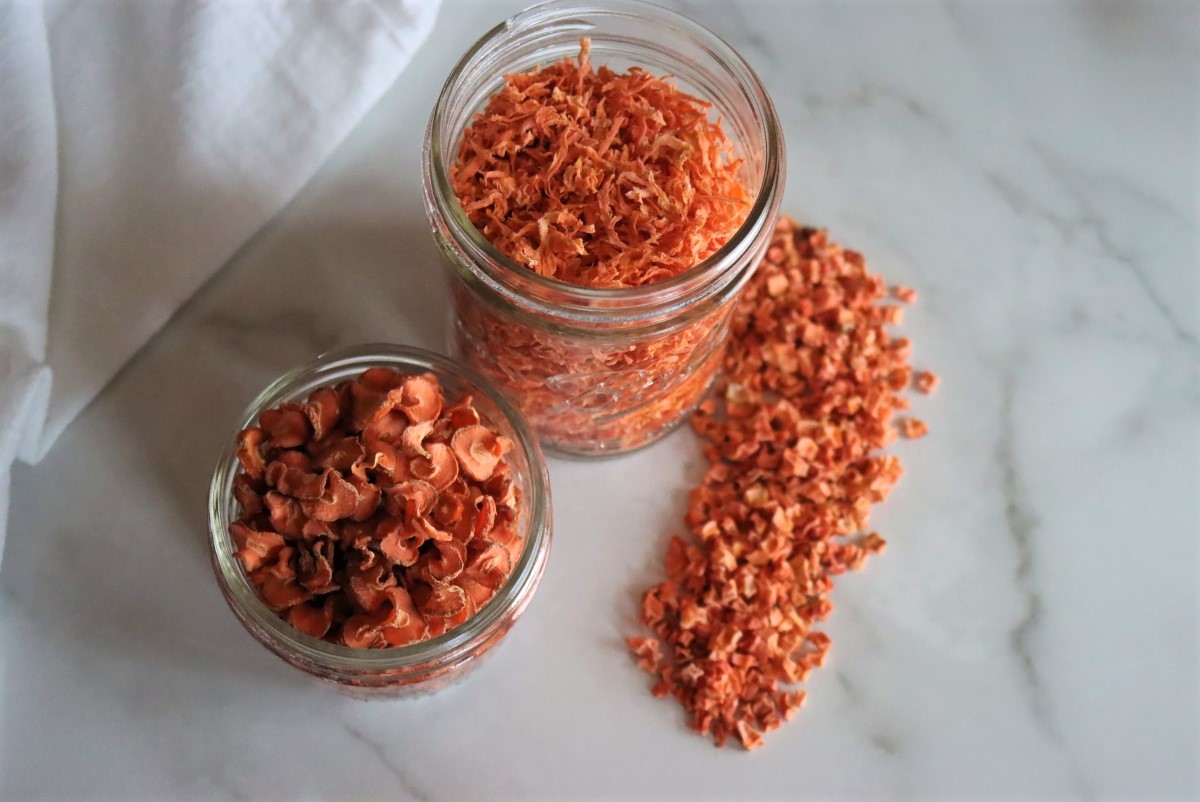
Storing Dried Carrots
Once dehydrated, carrots should be stored in an air-tight container out of direct sunlight. Sunlight and high temperatures will degrade dehydrated foods, and humid air will cause spoilage.
Be sure to seal them tightly as soon as they’re dried and then store them in a cool, dark pantry for best quality.
Dehydrated carrots will maintain quality for about a year (if blanched) or 1-2 months if dried raw. Beyond these times they’re still edible provided they’re been stored properly, but quality declines.
Rehydrating Dried Carrots
As a general rule, it takes about 1 cup of water to rehydrate 2 cups of dehydrated food. If you need to add more water later, that’s fine, but try to stick to as little as possible at the start.
Rehydrating in too much water means the carrots will lose flavor into the water, and then that water is often strained away before use.
If rehydrating on the countertop before use, it takes roughly 1 to 2 hours to fully rehydrate dried carrots.
It’s perfectly fine to just add dehydrated carrots directly into a simmering soup or pot of boiling water to rehydrate and cook them at the same time as well. I do that when making soups and stews, where any flavor lost to the cooking water only enriches the dish.
Ways to Preserve Carrots
Need a few more ways to preserve carrots?
Food Preservation Recipes
Looking for more ways to put up the harvest?
- Canning Potatoes
- Canning Apple Slices
- How to Make Hard Cider
- Canning Beets
- How to Freeze Vegetables (Beginners Guide)
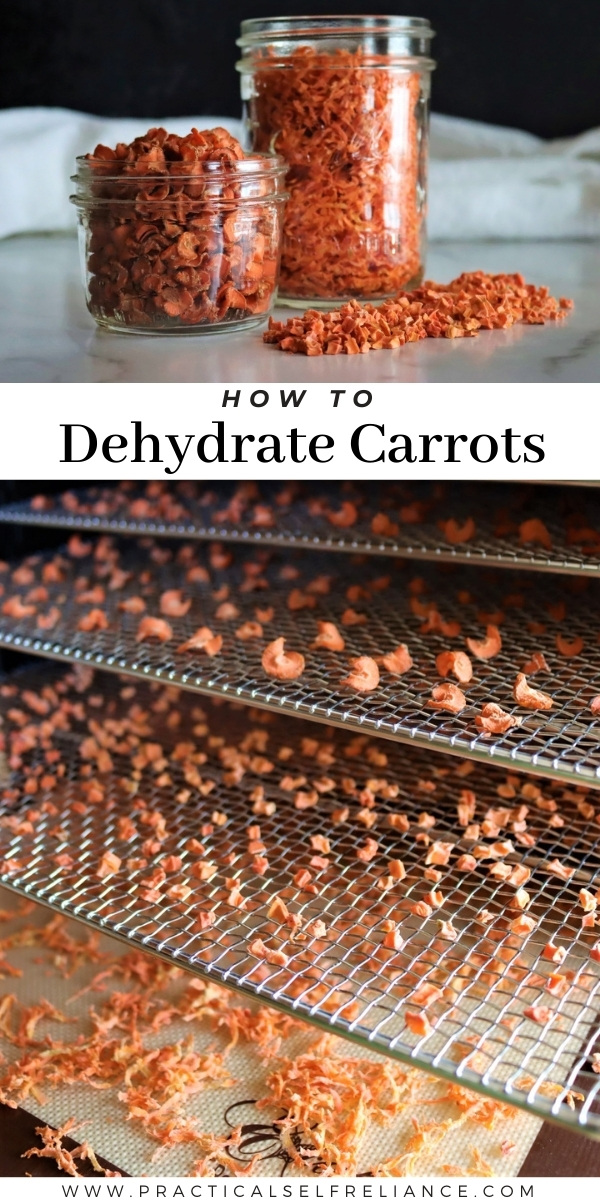
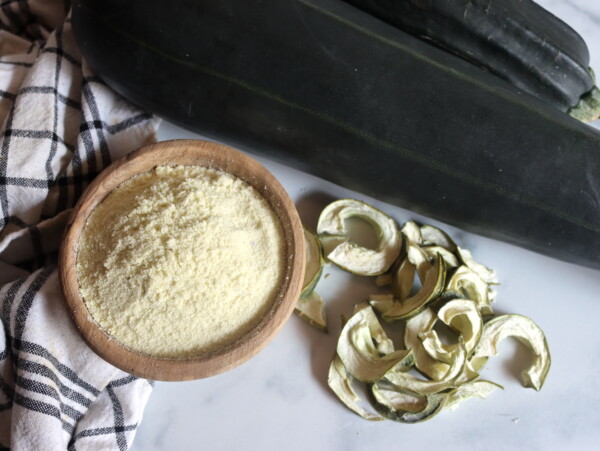
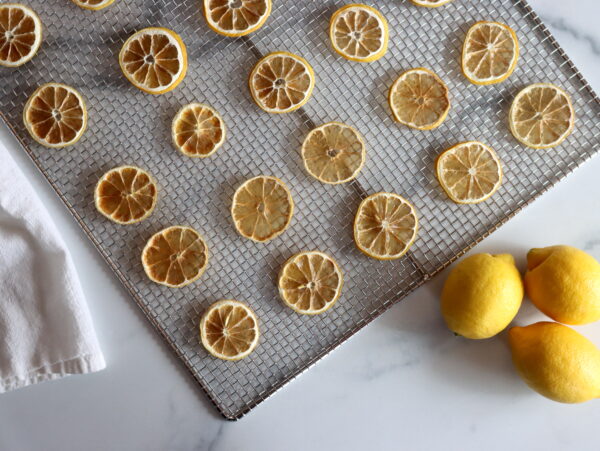
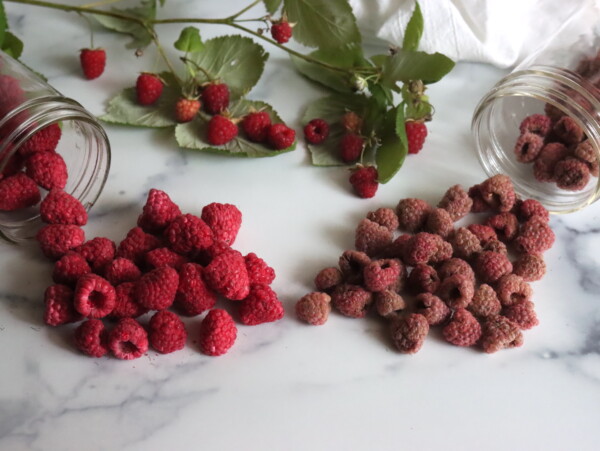
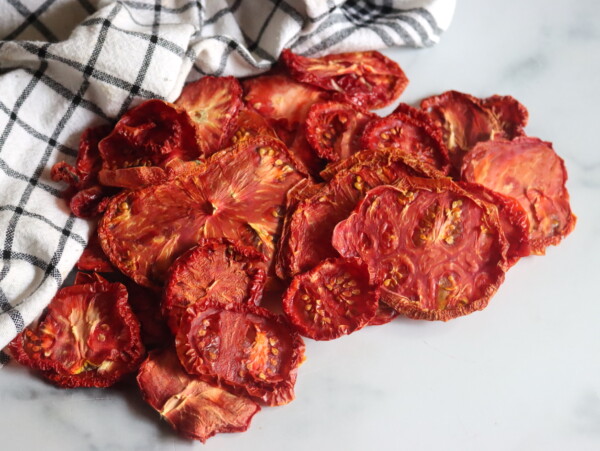










I had an issue with my dehydrated carrots smelling. When I opened my mason jar they had a gassy smell and when I rehydrated them they tasted horrible. I have canned my carrots since and done well
It’s possible that they may have still had moisture in them when you sealed the jar.
Thanks for this! It was helpful! What dehydrator guide are you using? It looks very useful!
Here is a list of all of our recommended dehydrating books. https://practicalselfreliance.com/books-for-self-reliant-living/#Dehydrating-Books
I have a problem with my dehydrated shredded carrots I did in December 2021, I put them in a mason jar and vacuum sealed the lid, then I put the jar in a Mylar bag n I took it out of the Mylar bag yesterday and opened the jar n it smelled like paint, are they still good ? I don’t know why they stink so bad, can you reply back to me in an email
I’m not sure why they would smell like paint but if they do I definitely don’t think I would eat them.
Thank you so much for the complete guide to dehydrating carrots,. I appreciate you detail.
Linette Lashly
You’re very welcome. So glad you found it helpful.
I recently purchased dehydrators that had metal bar racks and found that squares of mosquito screen (that you’d buy for your windows at the hardware store) cut to the same size as the racks works really well. The air moves easily through them and they’re really convenient to take off and wash in the kitchen sink. I still use non-stick mats for drying things that are more liquid, but the screens serve well for everything else.